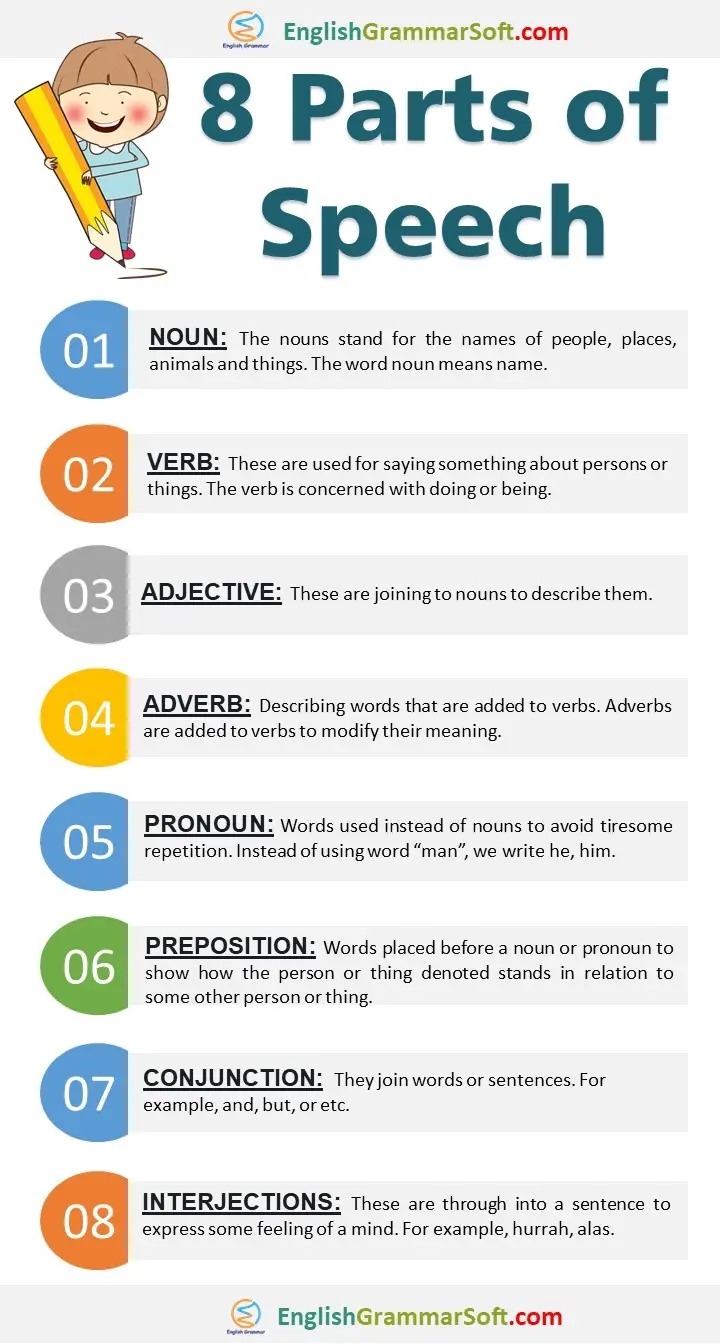Language is made up of various components that work together to form coherent communication. One key aspect of language is understanding the different parts of speech. Parts of speech are the basic building blocks of sentences, each serving a specific function to convey meaning.
Whether you’re learning a new language or brushing up on your grammar skills, having a solid understanding of parts of speech is essential for effective communication.
Definition of Parts of Speech
Parts of speech are categories of words that have similar grammatical properties. There are eight traditional parts of speech in English: nouns, pronouns, verbs, adjectives, adverbs, prepositions, conjunctions, and interjections. Each part of speech plays a unique role in constructing sentences and conveying meaning.
Nouns: Nouns are words that represent people, places, things, or ideas. They can be common or proper nouns.
Verbs: Verbs are action words that express an action or state of being. They are essential for creating sentences.
Adjectives and Adverbs: Adjectives describe nouns, while adverbs modify verbs, adjectives, or other adverbs. They add detail and specificity to language.
Pronouns: Pronouns are words that take the place of nouns in sentences. They help avoid repetition and make writing more concise.
Prepositions, Conjunctions, and Interjections: Prepositions show the relationship between words in a sentence, conjunctions connect words or groups of words, and interjections express emotions or reactions.
By understanding the roles of each part of speech, you can improve your writing and communication skills. Recognizing and using parts of speech correctly can help you construct clear and effective sentences.
In conclusion, parts of speech are essential components of language that help us communicate effectively. By recognizing the different parts of speech and their functions, you can enhance your language skills and become a more proficient communicator.
